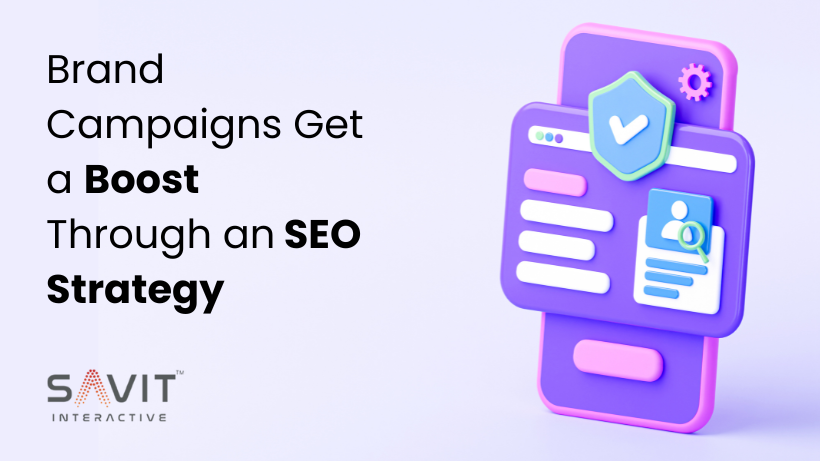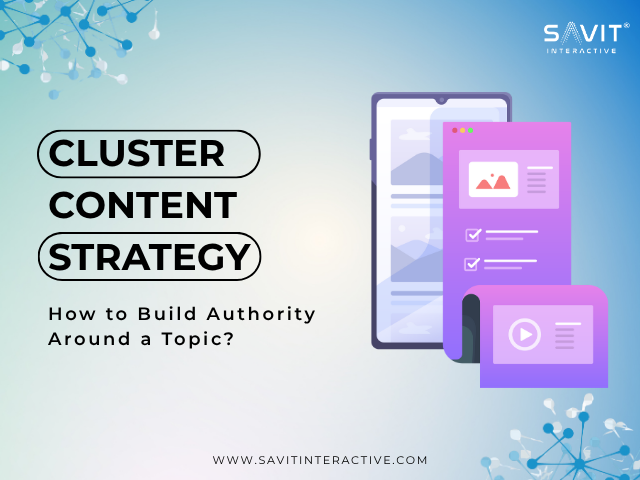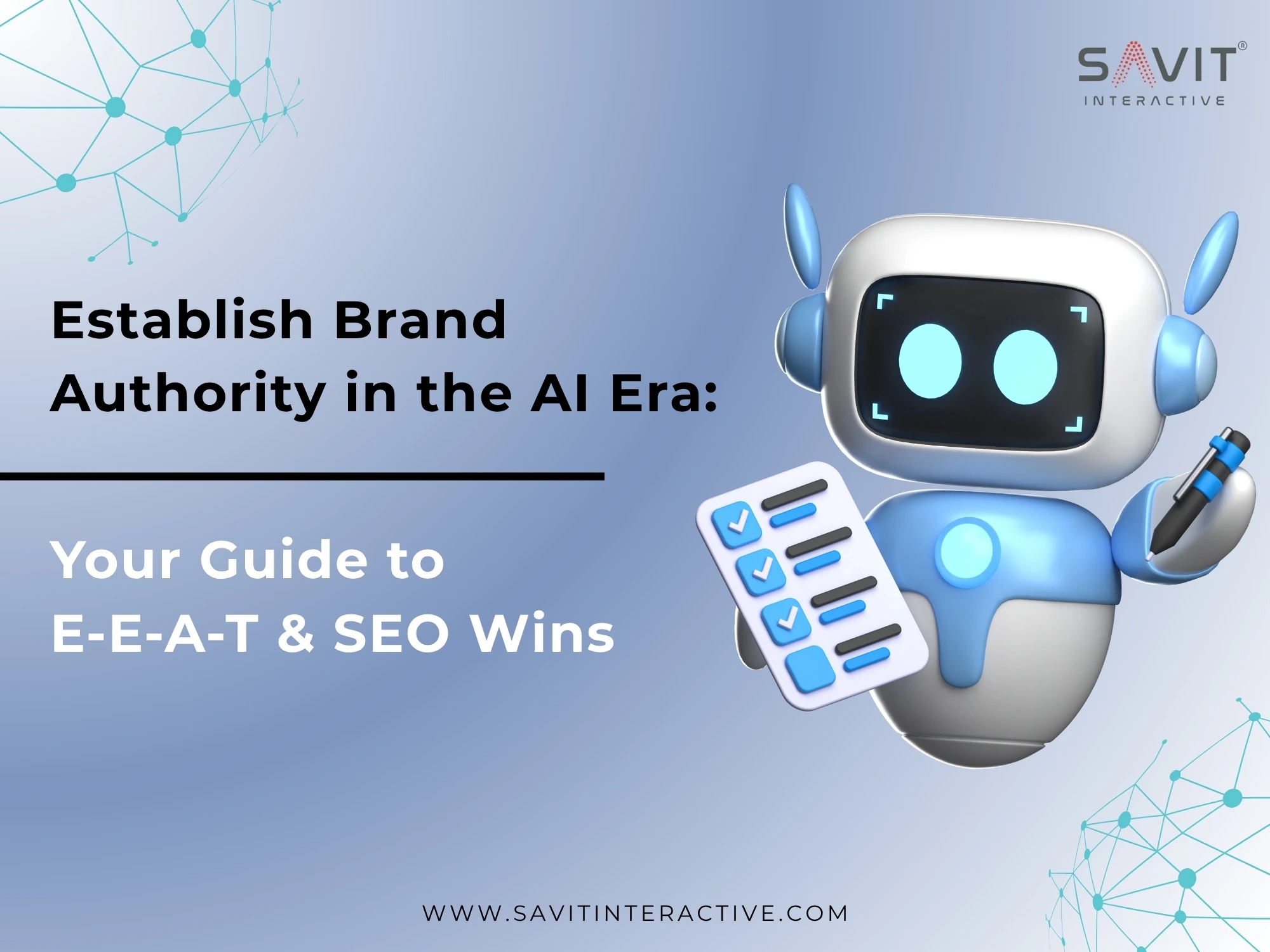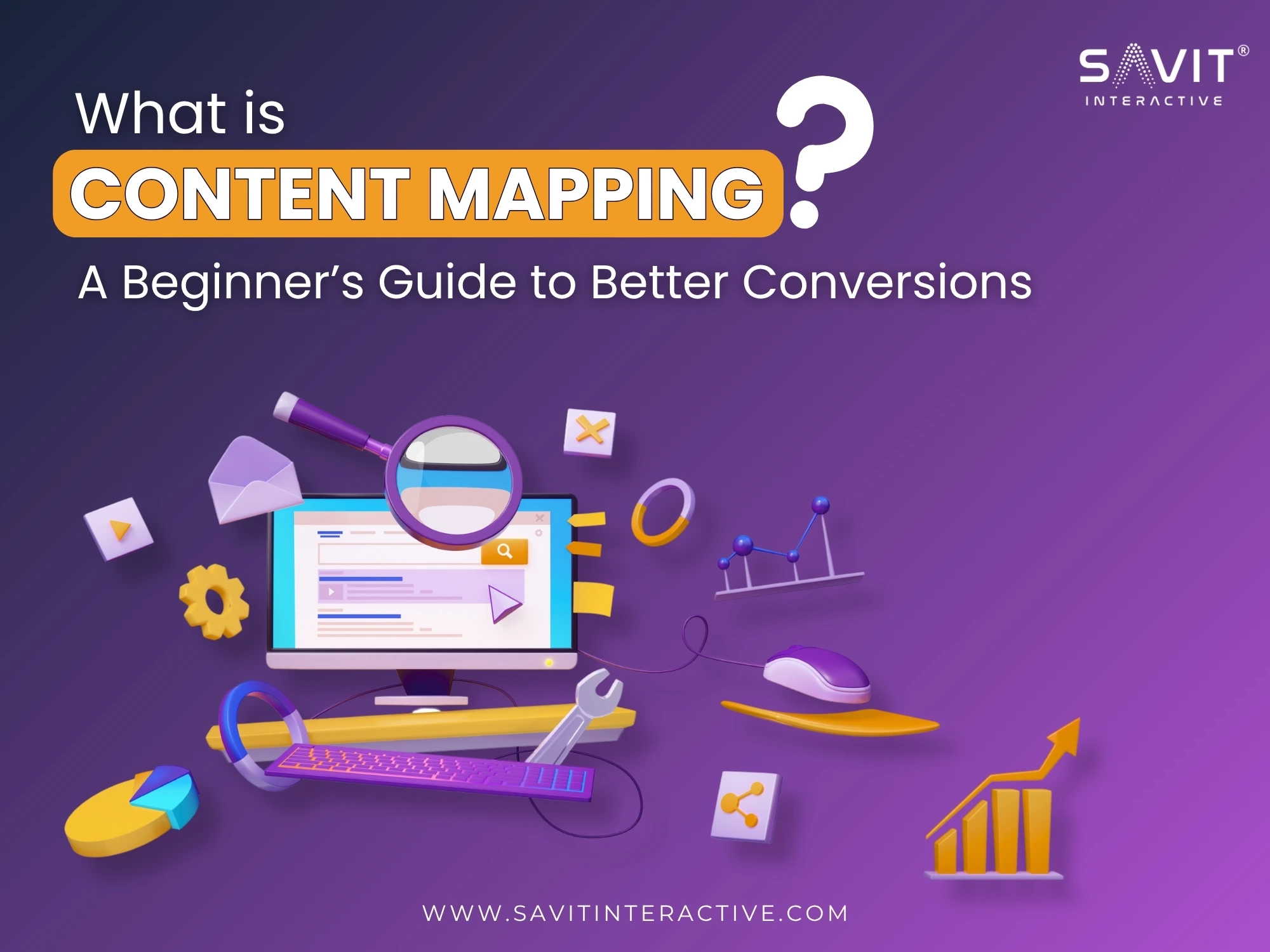Introduction
A brand’s identity holds significant sway in the minds of consumers, influencing their choices when selecting products and services. To build that reputation, companies use brand campaigns with different strategies to make sure they’re noticed by the right people and to show off their set of strengths within the services/products they provide.
Companies often craft cross-platform brand campaigns, utilizing multiple media channels such as television, radio, print, email, and social media to engage both potential and existing customers. The use of diverse media channels enables brands to reach a wider audience more effectively.
It’s astonishing how many companies undervalue the importance of being found online, especially through search engines like Google. A large portion of them fail to recognize the value of consistently attracting a continuous influx of organic traffic through SEO strategies.
You’ve probably seen those square banners popping up on search engines, websites, and social media. They catch your attention for a moment, but they fade away quickly, right? That’s the thing about entirely depending on paid ads—they’re here today, gone tomorrow. But SEO is like a steady waterfall. If you do it right, your website stays visible in search engine results for the long haul, bringing in a continuous stream of leads over time.
What Is an SEO Campaign?
An SEO Campaign is the execution of a planned strategy which improves the search rankings of a website on a search engine. This strategy involves implementation of tasks such as – identifying niche-related keywords, optimizing on-page content and website architecture, and building high-quality backlinks.
Every SEO campaign starts with the needs of the business owner in mind. It’s all about understanding what they offer and how they want to be perceived. Using this blog as a platform, our SEO Company In USA aims to help you discover how SEO strategies can enhance your brand campaign by focusing on key parameters.
How does SEO Help Brand Campaigns?
Many hesitate to invest heavily in SEO because it’s widely known that it doesn’t yield quick results. However, several factors can persuade you to take SEO seriously.
1. SEO Prioritizes The Quality of Your Appearance
What do people typically think about paid ads? Internet users are exposed to many daily ads while using social media or watching TV. Depending on how the ad campaign is crafted, only a few of them get to make their home into the minds of humans, as the number of ads makes it challenging to remember so many things; it is out of human capabilities. This means most ads seen are only ignored or forgotten within a second.
So, unless your ad is memorable and crafted in the most impressionable way, you won’t get results or even be remembered. There goes your enormous Ad budget…. drowning in the sea of the World Wide Web.
But with SEO, you only show up in front of people likely looking for the same services you offer, eliminating the “unwanted” factor. For example, when users search “elegant tuxedos sale near me,” your brand will appear right in front of them. Of course, that depends on the amount of SEO efforts you have put in order to rank higher in the search engine results pages.
This mean that at this point, you’re only left with a few challenges:
- Being visible in search engine results.
- Getting clicks based on clear webpage titles.
- Ensuring a smooth website navigation experience to keep users engaged.
By implementing certain SEO practices like on-page optimization and conducting website and technical SEO audits, you can effectively overcome these obstacles.
2. Organic Traffic is Sustainable
This pointer is slightly similar to the previous one, only it is more theoretical.
Let’s break it down: why does a business invest in any campaign? It’s to gain leads and solidify its brand identity, right? Naturally, any business owner wants to see a return on investment before diving in. But guess what? SEO turns out to be the most cost-efficient brand campaign discipline in the marketing world!
In contrast to other paid advertising platforms that fade quickly, SEO allows you to establish long-term dominance in the search queries that matter to you, where you can assist people.
When you compare the lead conversion of ad campaigns that need constant planning every week or month with an SEO campaign that could potentially dominate a niche for an extended period, SEO comes out on top.
Creating a consistent flow of organic traffic to your website could mean the survival of your business during uncertain economic times. When finances are tight, marketing budgets, including PPC, often suffer. But with strong SEO strategies in place, you’ll keep attracting users organically, even if you need to cut back on spending temporarily.
3. Ability to Reach Users at Different Funnel Stages
Navigating the sales process on search engines isn’t always straightforward. While some users already know precisely what they want and have specific search queries, others are in the exploration phase. These users are looking for informational content to educate themselves about products before deciding.
When crafting an SEO strategy, it’s important to prioritize targeting specific search queries to maximize visibility. Doing this you’ll encourage the highest number of clicks on your website and increase with the potential of triggering a sale. The search query scenarios are categorized as:
- Answering Questions (Informational Search):
When people want to learn about something but aren’t necessarily looking to buy, they turn to informational searches. For instance, a parent might search for “What safety measures to take while playing baseball?” because their child is showing interest in sport. They’re not immediately looking to buy anything; they just want to make sure baseball is safe for their child before investing in equipment.
- Finding Solutions to Problems (Informational or Transactional Search):
Building on the baseball example, after learning about the safety measures involved in playing baseball, the parent decides to let their child play. Now, they need to find the right equipment, so they might search for “which brand sells the best baseball equipment.” This search serves two purposes: providing information about the equipment and guiding them to where they can purchase it (potentially from you).
- Products or services (transactional search).
To wrap up, let’s review the funnel progression. First, the parents learned about the risks associated with sport (informational). Then, they researched equipment options and where to make the purchase (both informational and transactional). Now, they’re using a search engine to find a high-quality baseball kit for their child “best baseball kit to buy.” The content they find should focus on detailed product descriptions, including why that brand’s baseball kit is the best on the market. This content will also highlight the brand’s sales record and unique qualities that set it apart from competitors. Ultimately, this distinction will prompt the parent to make a purchase.
Think about it like this:
Imagine all the information the parents needed was provided by you. You were there for them every step of the way, incorporating the exact keywords they would use when searching online. Whether they were looking for general information or ready to make a purchase, your content was right there to guide them.
By being informative and helpful throughout the entire process, you were able to build trust with the parent. Eventually, they felt confident enough to make a purchase from your website
It’s not just about getting people to your site; it’s about guiding them through the entire journey, from learning about your product to making a purchase.
So, by using SEO to educate your clients and lead them through the buying process, you can create a steady stream of customers who may not have even known about your product otherwise. You’re turning them from curious browsers into informed buyers who know exactly what they want from you. This marketing process, called inbound methodology, triggers sales with warm outreach.
Factors to Consider While Constructing A SEO Campaign Strategy
It’s essential to understand that when you’re using SEO to boost brand awareness, your brand identity is heavily dependent on the values it fulfills. Your brand shines the brightest when your search results make it clear that you are:
- Useful
Make sure your content is top-notch, helpful, and directly related to your niche.
- Usable
Your site should be easy to navigate, which allows visitors to find what they need quickly. Otherwise, they might just hop over to another website.
- Desirable
Your design needs to attract your target audience. How you present both your services and your business—especially on your website—affects your chances of converting leads.
- Findable
Make sure people can easily find your content by making it both valuable and relevant. Use keywords naturally in your writing so it’s easy for both readers and search engines to understand what your content is about.
- Accessible
Keep your website content inclusive by considering the diverse backgrounds, interests, disabilities, locations, genders, and ages of your target audience. Being mindful of these factors will improve your organic traffic screening.
- Credible
Your brand needs to be seen as trustworthy and authoritative. Achieving credibility can be done in various ways, but ranking higher in search results through SEO is one powerful method. When you’re at the top of the search list, people naturally trust your brand more.
Exploring Other Deep Connections Between SEO and Brand Campaigns
Off-page visibility is crucial for brand recognition, as it involves other entities discussing your business, which enhances your credibility in the market. When people find your website through organic search and see your brand being talked about elsewhere online, your primary goal of reinforcing your brand’s position in the market through your brand campaign is accomplished.
But how does SEO make it happen?
High-Quality Backlinks
A brand campaign includes link-building from reputable sources. Backlinks, or inbound links from other websites, are essential to Google’s ranking algorithm. When authoritative websites link to your content, it signals to search engines that it is valuable and worth ranking higher.
Backlinks can be used in other branding strategies like:
- Social Media Marketing:
Integrating SEO tactics into your social media approach can boost your brand’s visibility across platforms like Facebook, Instagram, and Twitter. By optimizing your social media profiles and posts with relevant keywords and incorporating backlinks as anchor text, you can increase the likelihood of appearing in both social media and search engine results.
- Influencer Marketing:
Partnering with influencers, whether they’re bloggers, video creators, or educators who use carousel posts, can help broaden your brand’s reach and credibility. By aligning your content with SEO strategies, you can ensure that it reaches a larger audience when shared by influencers, improving your chances of appearing in search results related to your niche.
- Online PR:
SEO techniques can push forward your online PR efforts by optimizing press releases and other PR content with appropriate keywords. This optimization boosts the visibility of your brand’s news and announcements in search engine results pages (SERPs), making it simpler for potential customers to discover and engage with your brand.
Reviews and Ratings: Seeds of Trust
When you search for a business on Google or other directories, you’ll often see ratings and reviews from customers who’ve tried their services. Making sure these reviews have accurate contact details (like your business name, address, and phone number) listed in local directories is an essential aspect for in our Local SEO Services. This type of SEO aims to reach people in specific areas.
Review sites and forums use local keywords to help people find reviews for businesses in their preferred area. This makes it easier for locals to discover services and make informed decisions about what to try nearby. It’s a great way for businesses to connect with their local audience and attract more customers effectively.
SEO Can Also Work Hand in Hand with PPC Marketing
Combining PPC marketing with SEO gives you the best of both worlds: you get instant visibility through PPC ads while also building a strong, long-term presence through SEO. This means you can target specific audiences and keywords with PPC, while also ensuring your website ranks well in organic search results. The result? Cost-effective advertising brings in high-quality traffic, boosts conversions, and sets you up for ongoing success online.
Conclusion
As a brand, you want more than just your name and logo flashing across ads that people scroll past on their devices. You want them to discover you when they’re in need and choose to connect with you when they’re ready to buy. SEO is the ultimate marketing strategy to make this happen, offering lasting benefits by ensuring your brand dominates in targeted search queries, attracting those who truly need your products or services.
Whether you’re a local service provider targeting a specific audience or an ecommerce website catering to diverse clients, SEO works wonders for all businesses. It helps establish your presence on a global scale through a well-executed brand campaign.
Reach out to us at Savit Interactive to discover how we can expertly craft a brand campaign for your company using SEO as a powerful tool. Let our SEO company in USA help you become known, remembered, and ultimately trusted enough for consumers to make purchases from you.



